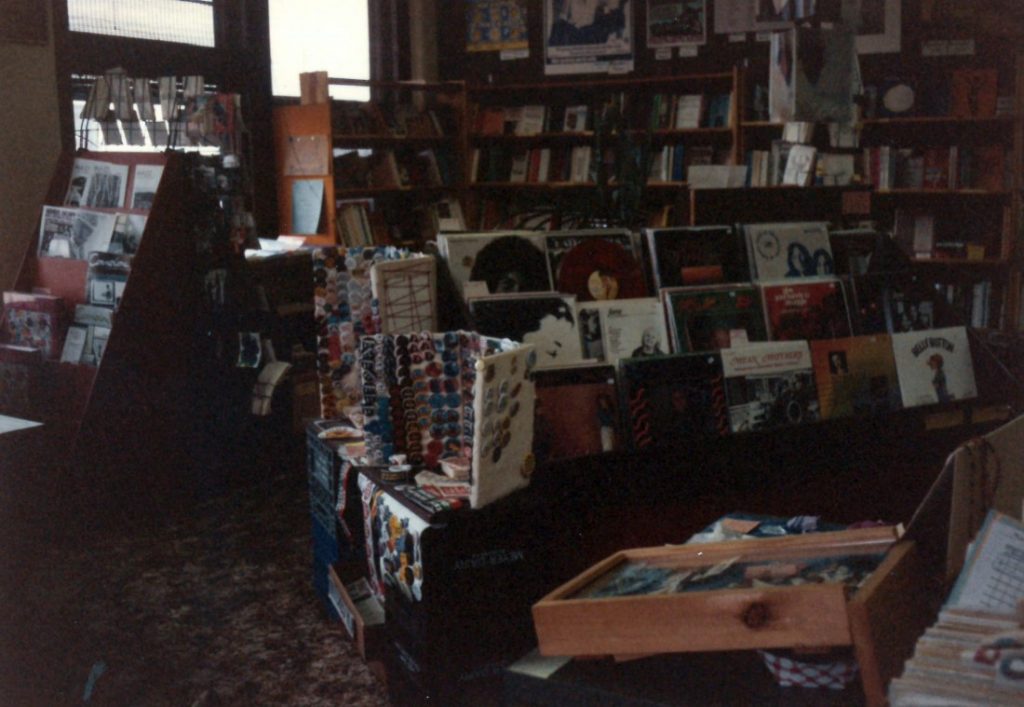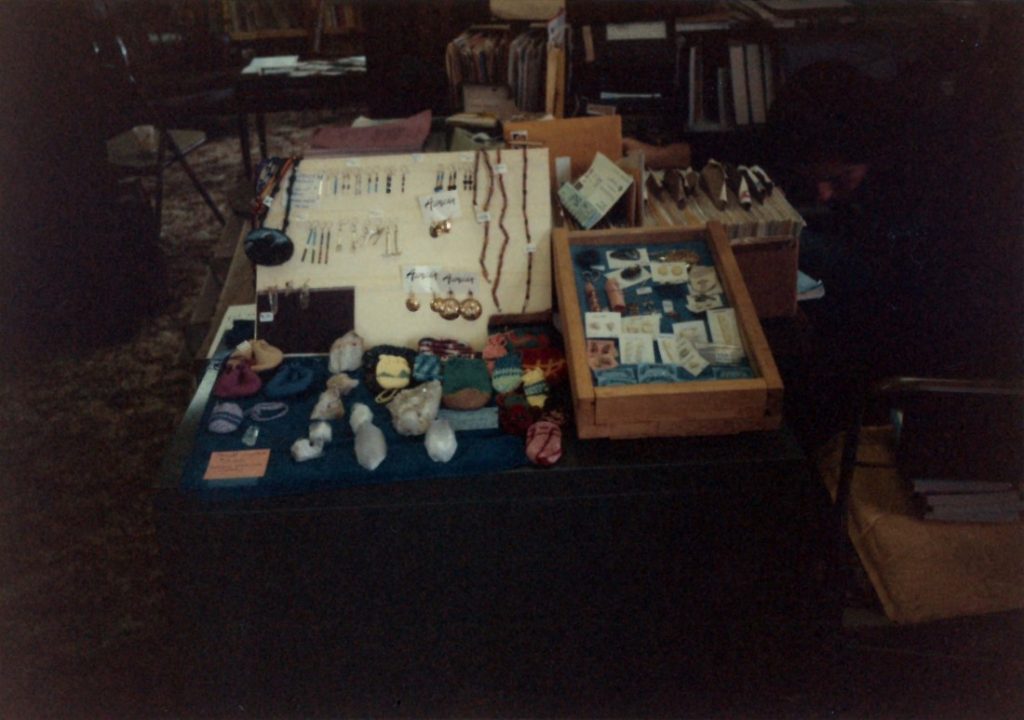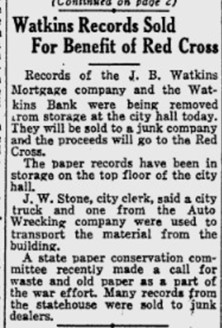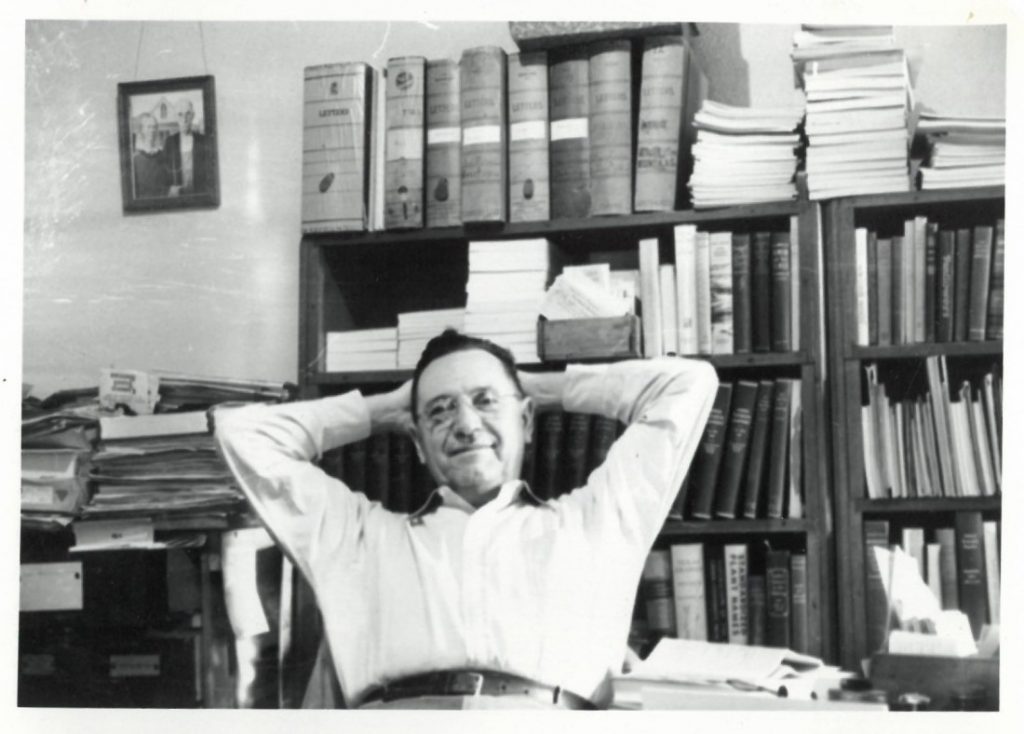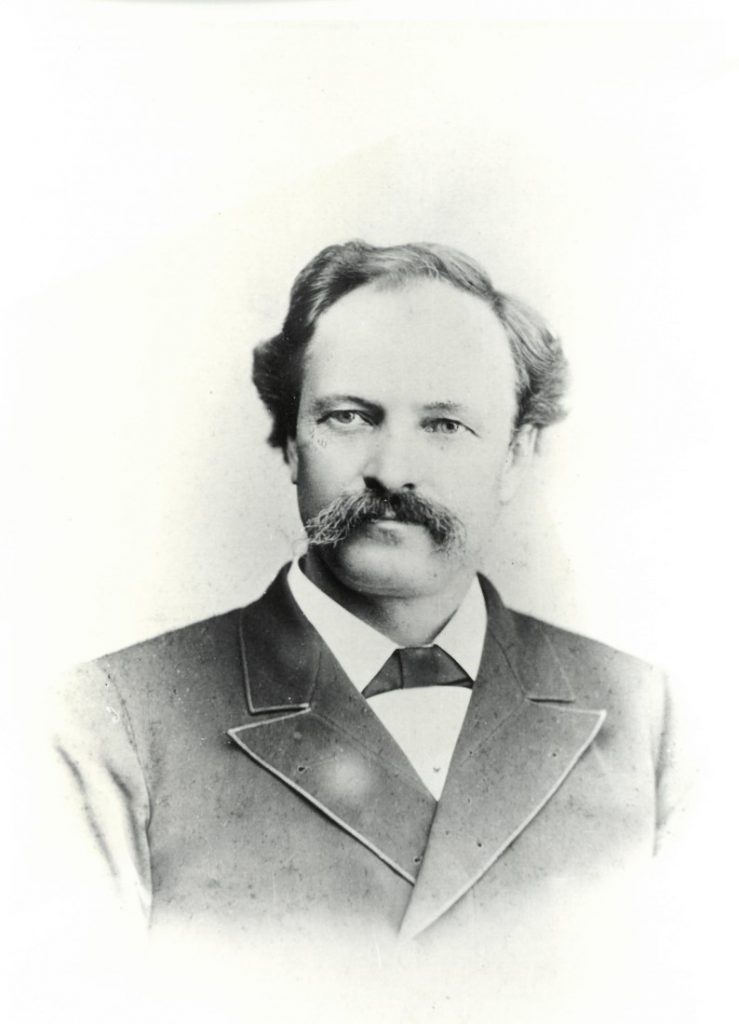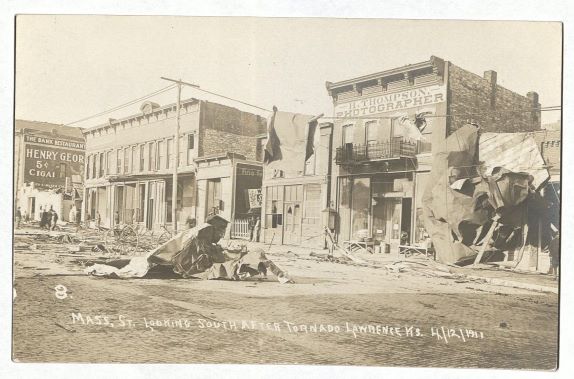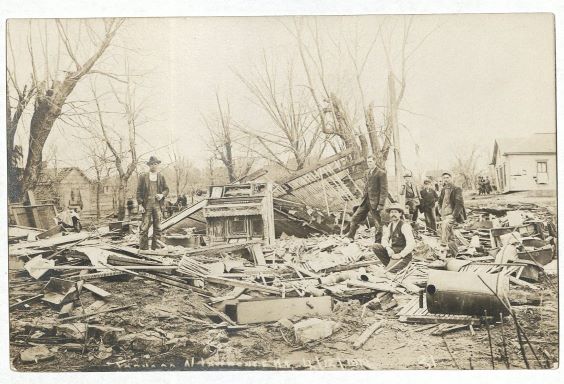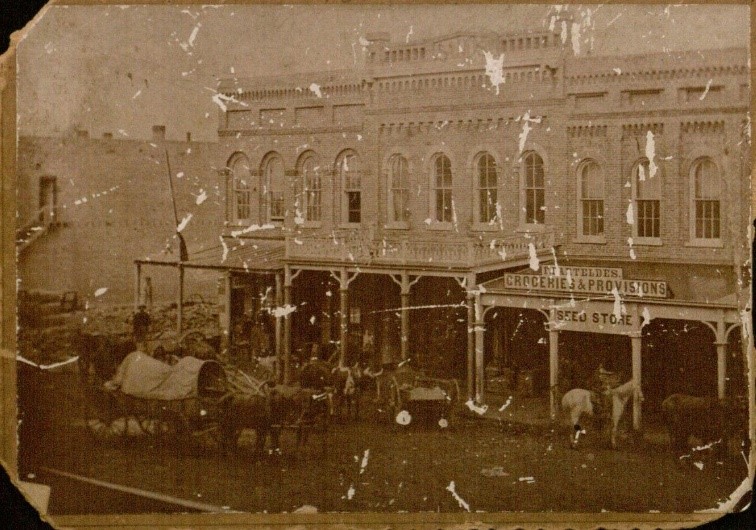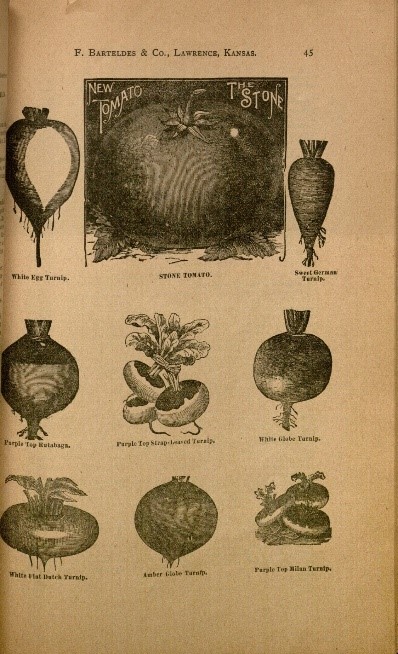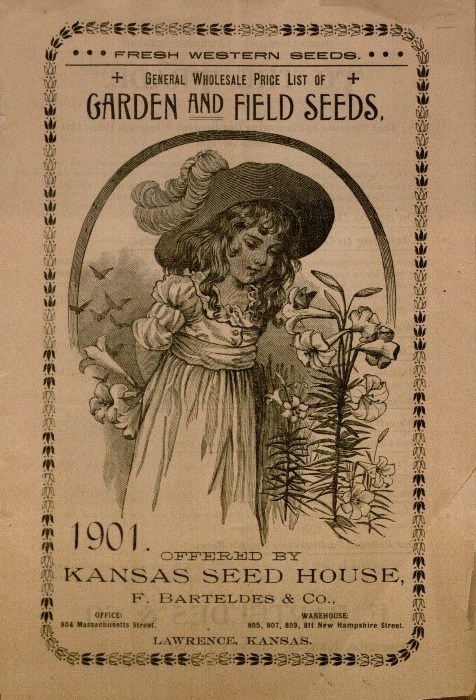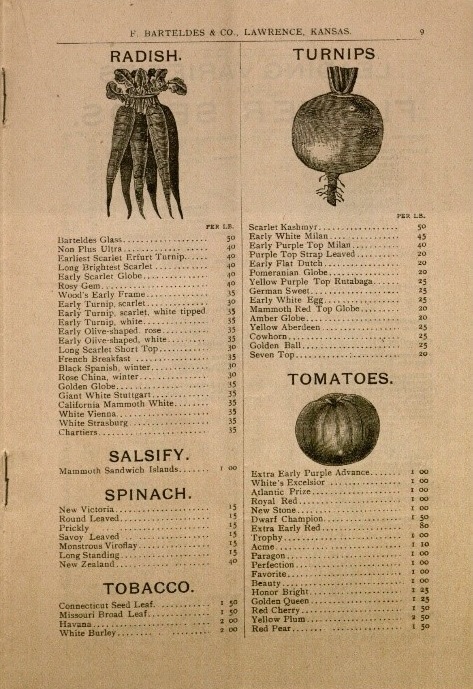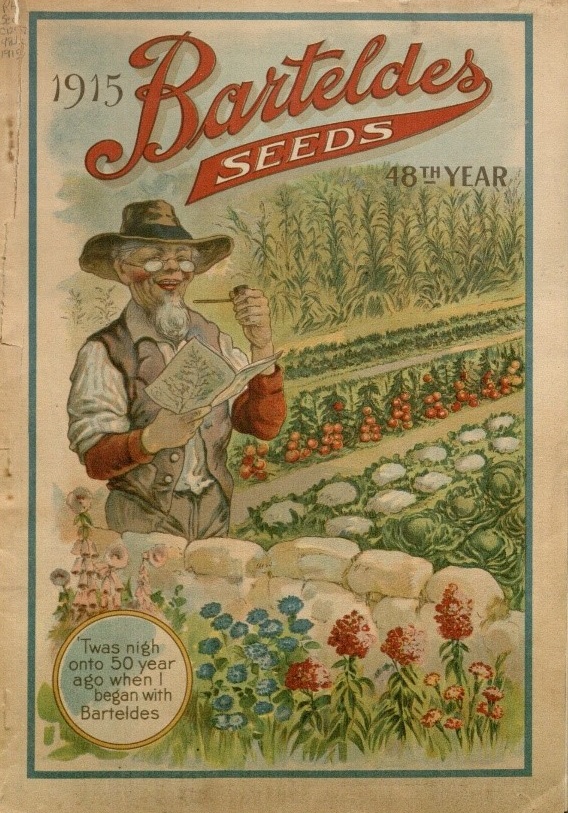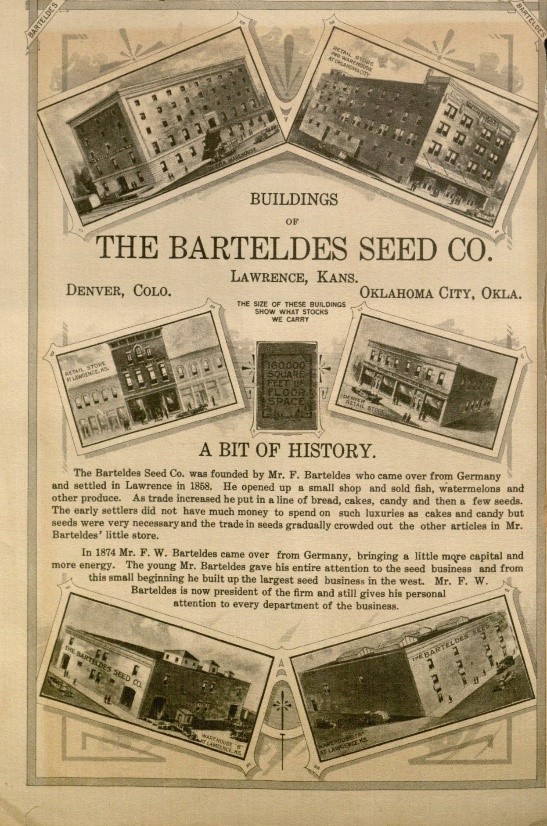A Uniquely Lawrence Book Store
March 19th, 2021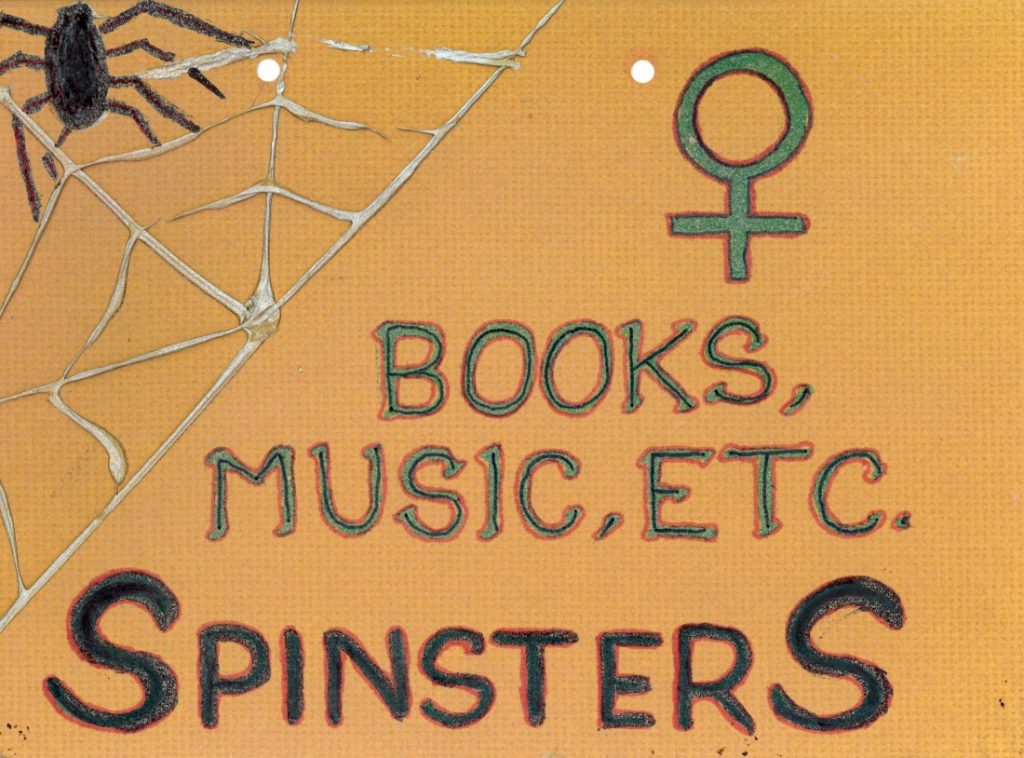
Spinsters Books and Webbery, Inc., originally named Spinsters Books, was founded in 1979 in Lawrence, Kansas. The store and community center was organized by a group of Lesbians “to meet the social, educational, and informational needs of the Lesbian and women’s community.” When the store opened in March 1980, it consisted of one bookshelf in a private residence before later moving to a storefront.

Besides selling printed materials, music, and jewelry and crafts on consignment, Spinsters included a free lending library, speaker’s bureau, lesbian archives, and community and resource center and hosted support groups.

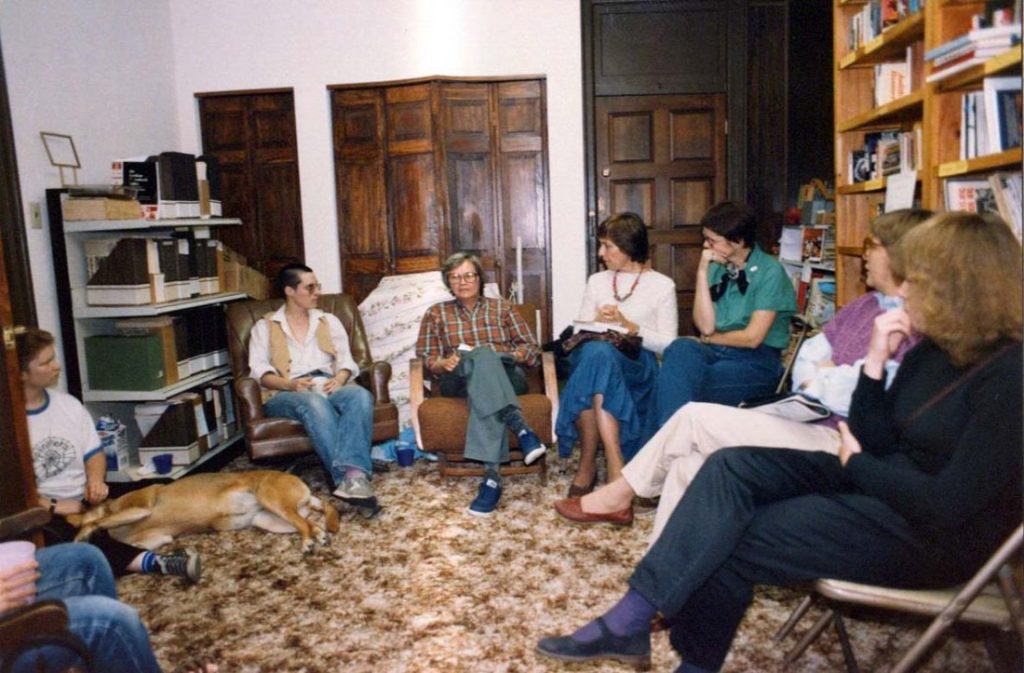
The collective also worked closely with other community and KU campus groups such as Women’s Coalition and Women’s Transitional Care Services. Not only was Spinsters unique due to the nature of the store and the services it provided, but it was run largely by the organizers, a group of dedicated volunteers, and part-time employees.
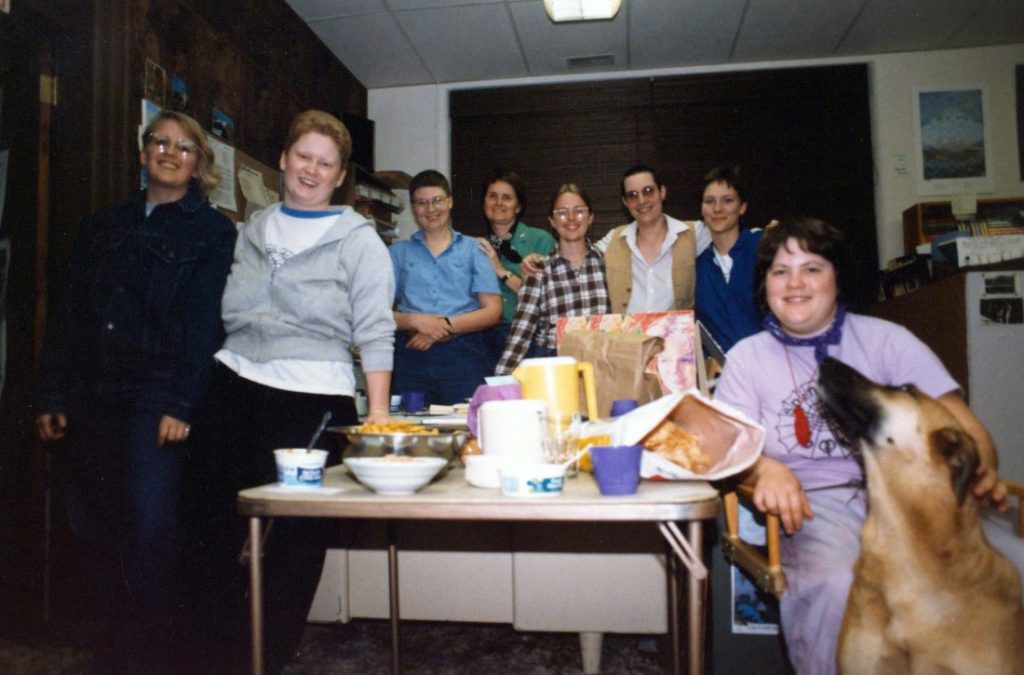
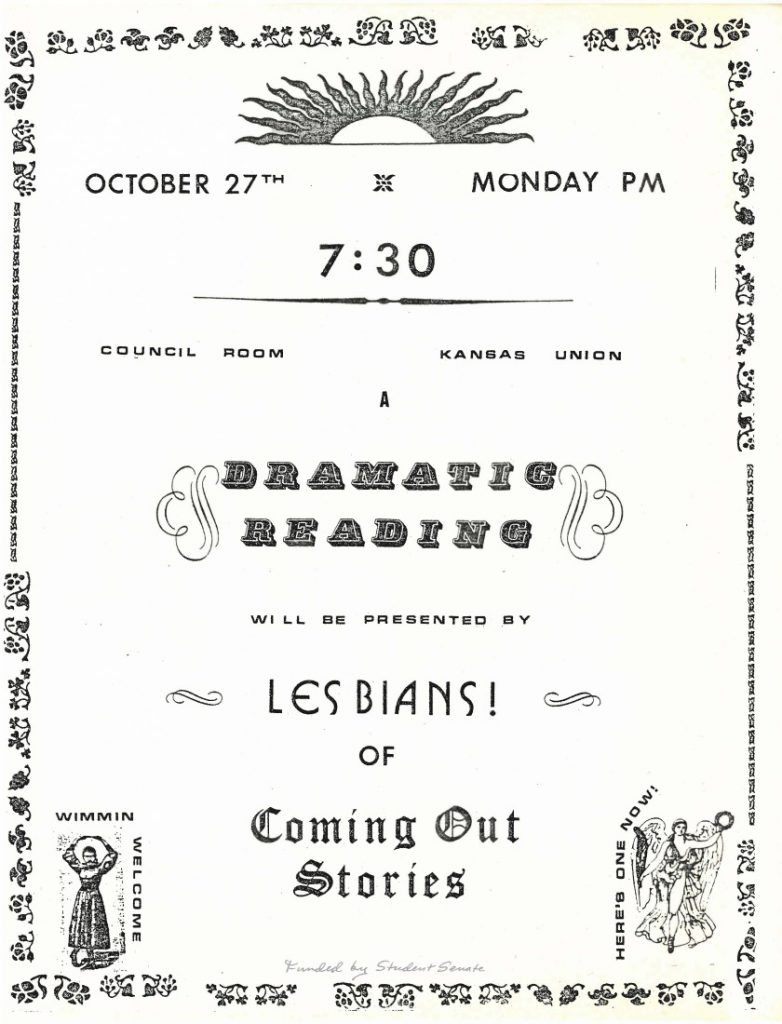
The Spinsters Collective also published a newsletter called the Monthly Cycle. The purpose of the newsletter, as stated in the first issue, was “for sharing skills, services, thoughts, and ideas.”

Any submission by or for Lesbians was accepted. The goal was to foster communication within the Lesbian community, especially in more isolated areas of Kansas and the region.
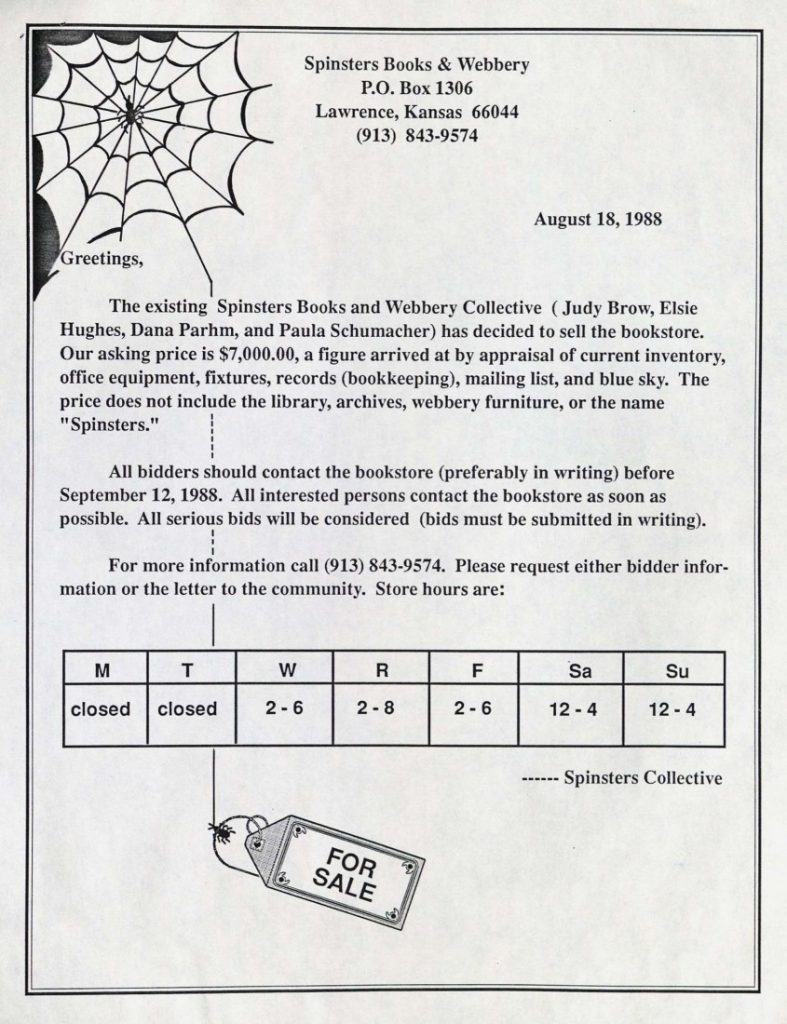
In August 1988, Judy Brown, Elsie Hughes, Dana Parhm, and Paula Schumacher, members of the Spinsters Collective, made the difficult decision to sell or close Spinsters Books and Webbery. A store sale notice was published on August 18, 1988. The asking price of $7000 did not include the contents of the library, archives, and furniture, nor did it include the name. In November 1988, the store’s office supplies, fixtures, and décor were sold at auction.
The Spinsters Collective donated the archives and business records to Kenneth Spencer Research Library in the spring of 1990. Researchers interested in the Women’s and Gay Rights Movements should look at the materials in the Spinsters Books and Webbery, Inc. collection. It contains a verity of information on various women’s issues such as the equal rights, sexual discrimination, abortion and birth control, and domestic violence. There are also numerous Lesbian periodicals and newsletters, as well as other records regarding the LGBTQ+ movement. The newsletters and periodicals are from various local, regional, and national organizations.
Letha Johnson
Kansas Collection Curator

